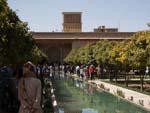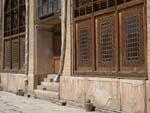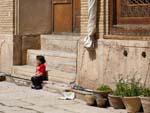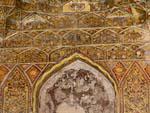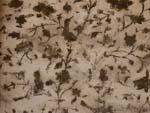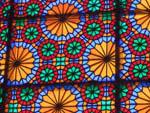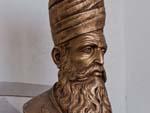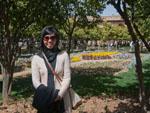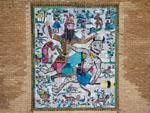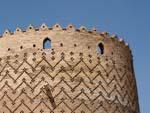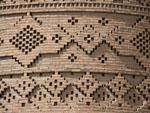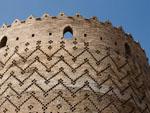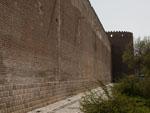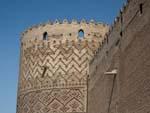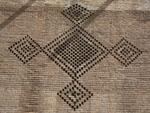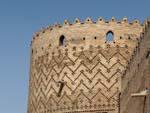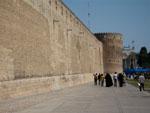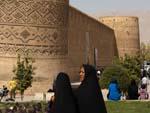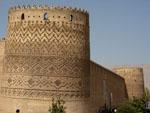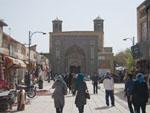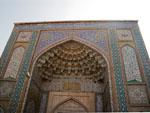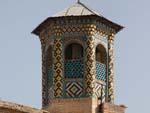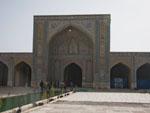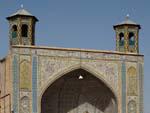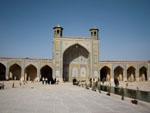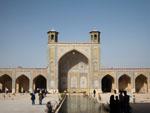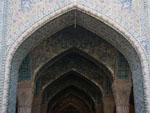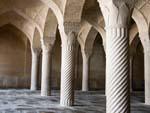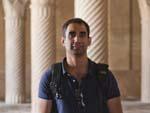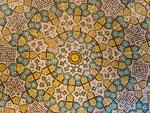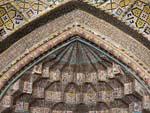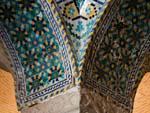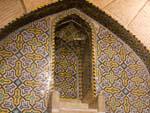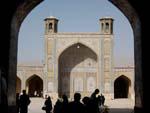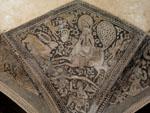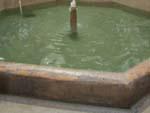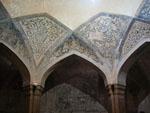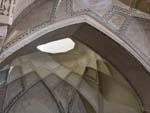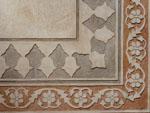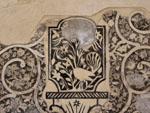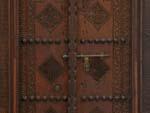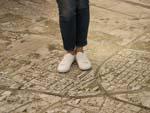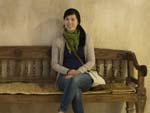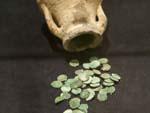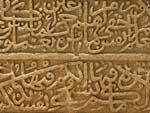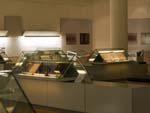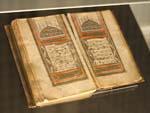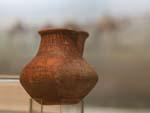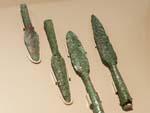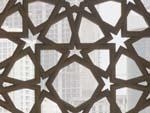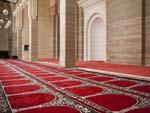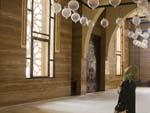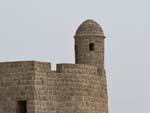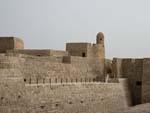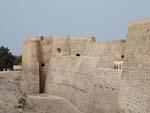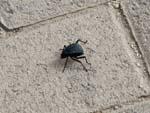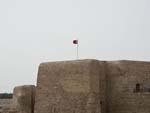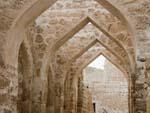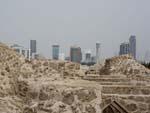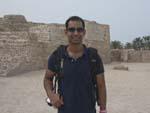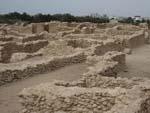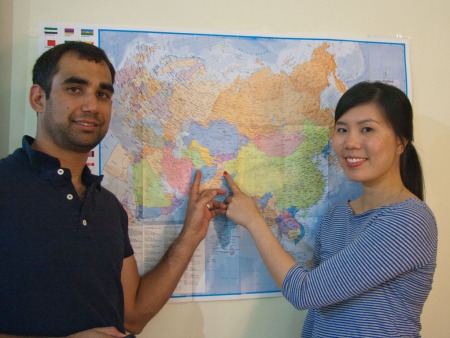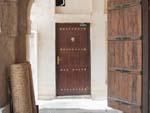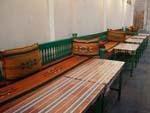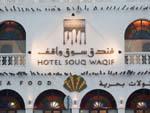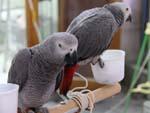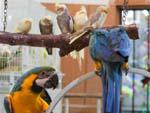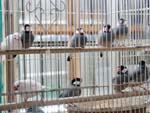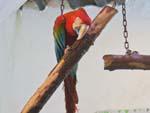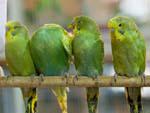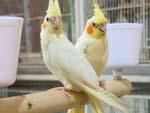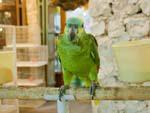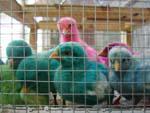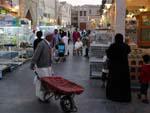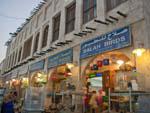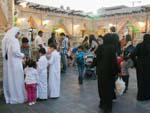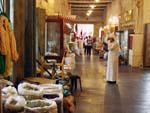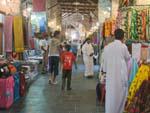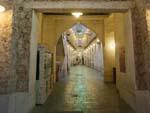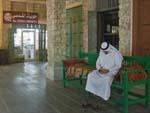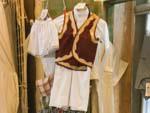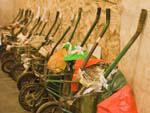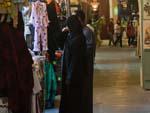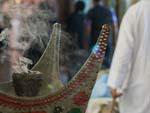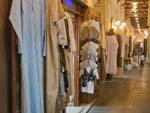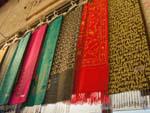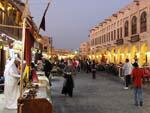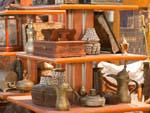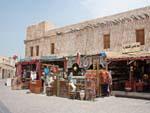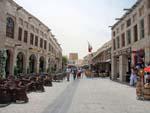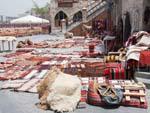Shiraz was our first stop in Iran. After a few hiccups with our flights (apparently Gulf Air doesn’t fly to Shiraz from Bahrain, despite having the option available on their website), we arrived via Qatar Airways early on Sunday morning. We made a relatively smooth entry into the country, with a very short line at immigration – it seemed we were the only tourists entering into the country.
We found a taxi driver, willing to take us to our hotel, the lovely Niayesh Boutique Hotel located in the heart of Shiraz’s old city. Unfortunately, when we arrived at the early hour of 4:30am, the hotel was closed and after making a call, we were told to come back at 9am to discuss our booking. Due to our change in flight schedules, we had arrived early and had not informed the hotel of this change, so we patiently waited outside for a few hours. Thankfully, once the lovely reservation lady Nasrin arrived, we were shown the dorms where we were to stay (which were very comfortable, clean and barely occupied). Our trip to Iran coincided with the Iranian New Year – Noruz, which lasts for two weeks and as such accommodation during this time was hard to find.
We rested for a few hours before wandering out to the main square to exchange some money and buy lunch. One US dollar is equivalent to about 18,000 Iranian Riyal so after our money exchange our wallet was a little heavier! Lunch was a simple kebab, which came to something like 70,000IR ($3.50). We then continued exploring the old city area, checking out the following sites (which were all bustling with local tourists from other cities):
Arg-e-Karim Khan – An 18th century fort-like building in the middle of the city centre, which once formed part of the Zand dynasty’s royal court.
thydzikgooglemap(http://sonyaandtravis.com/maps/shiraz-iran-arg-of-karim-khan.xml,s)
Masjed-e Vakil – A beautiful mosque from the Zand period. It showcased the stunning mosaic blue tiles used during that period. Inside the prayer hall are forty-eight marble columns – truly impressive.
thydzikgooglemap(http://sonyaandtravis.com/maps/shiraz-iran-vakil-mosque.xml,s)
Hamam-e Vakil – A classic old bathhouse now used as a museum exhibit, featuring wax figures from various periods. It was here I was ‘spotted’ as being a non-Iranian and consequently asked to take a number of photos with families and ladies and trying to converse in sign language whilst Travis, who seemed to be getting mistaken for a local (being asked directions and questions in Farsi), looked on, amused.
thydzikgooglemap(http://sonyaandtravis.com/maps/shiraz-iran-vakil-hammam.xml,s,16)
Bazar-e Vakil – Shiraz’ main bazaar located in the main city precinct. The many stalls and shops in the bazaar offered spices, fruit, clothing, household items, souvenirs, much alike to the bazaars and souks we’d visited in cities like Istanbul and Cairo. We picked up some green almond snacks which are served with salt from a young Iranian boy who practiced his English with us.
Aramgah-e Shah-e Cheragh – One of the holiest Shiite sites, this is one of the prettiest mosques I’ve seen. We were fortunate enough to be permitted to enter, I had to wear a chador before going inside – basically a huge piece of material which covered every inch of my body (the word chador literally translates into ‘tent’ in Farsi). I was struggling for a bit to put it on properly, however a number of elderly Iranian ladies came to the rescue! Photos were not allowed, instead we wandered around inside and marvelled at the intricacy and splendour of the mosque’s architecture. An Iranian man offered us sweets inside and welcomed us to Iran. The courtyard of the mosque is filled with Persian rugs which pilgrims sit on and copies of the Quran are made available for all to read.
We headed back to Niayesh for a rest and shower. Later that evening we headed out for dinner – the Shahrez Traditional Restaurant was recommended in the Lonely Planet and we decided to give it a go. The place was buzzing and full of life. Dinner was a unique experience – we tried quite a few different Iranian dishes, washed it down with doogh, a light yoghurt-like drink.
Our first day in Shiraz was a truly lovely experience. Perhaps because the city is not as well-travelled as other we have been to, there is a sense of genuine interest and curiosity from the local Shirazi, those of who we have met have been extremely friendly and kind.




































































































